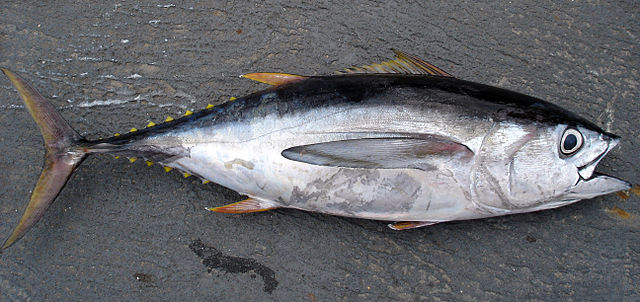Malaysia on August 2, 2025 unveiled the electronic-Port State Measures (e-PSM) system to monitor foreign tuna fishers in its marine fisheries.
This system adheres to the world’s Fisheries Act of 1985 that regulates illegal, unreported and unregulated (IUU) commercial fishing. The rule comes despite the fact that the Southeast Asia country has not ratified the international Port State Measures Agreement.
According to Agriculture & Food Security Minister Datuk S.M. Sabu during the launch, only fishers without any IUU cases will access local waters.
Furthermore, foreign vessels with access will have to declare their total landings and can only catch unrestricted species.
One of these is tuna, whose landings Malaysia assesses under the Indian/Pacific Ocean Tuna Commission (s).
In the 2024-25 season, such assessment oversaw foreign vessels report mainly tuna landings totaling 550 tonnes in the port of Penang.
Port of Penang versus Sabah in Foreign Fishing Dominance
Regarding which, the Penang tuna fishery in western Borneo will get a run for its money by Sabah in northern Borneo.
Sabah already plans to complete a deep sea tuna fishing port in 1 1/2 years’ time at 360 million ringgit ($84.92 million).
Once over, the port will manage up to 50,000 tonnes in tuna landings per year, worth 1.8 billion ringgit ($424.6 million). This is hundreds of times the annual capacity of the rival Butterworth wharf in Panang of between 177 and 433 tonnes.
With its prime location where tides divulge schools of tuna across southeast Asia, Sabah could become a regional fishing hub.
Its location also gives it the logistical advantage of proximity to export markets in the Philippines and PNG.
Besides, the port will be large enough to welcome long-haul shipping vessels, making it a target for e-PSM implementation.
The system could also reduce the abandonment of tuna aggregating devices by international vessels that pollute 1/3rd of the world’s oceans.
With the upcoming deep-sea port and possible renovations in Penang, Malaysia targets to harvest 150,000 tonnes of tuna per annum by 2030. The section below illustrates more on this vision through data on current production and market capacity.
Malaysia Tuna Fisheries Statistics
Tuna does not make Malaysia’s top fish in landings but it is a species with high growth potential. Indeed, tuna classifies as “other” in national fish production tallies: mackerel leads at 6.39% share, followed by Indian scad at 4.74% and Nantanian decapods at 4.37%, as of 2019. In 2023, Malaysia managed to land 177.3 tonnes of tuna, while in 2024 it attained 431 tonnes, all from Penang. Rivals mackerel, Indian scad and Natantian decapods nei in turn had brought 94,000, 70,000 and 64,000 tonnes, respectively in 2019.
Where are tuna fisheries located in the Malay peninsula
With 99% of all fish landings in Malaysia coming from marine sources, tuna fisheries are deep-sea types. Major fisheries include Penang to the west of the Malay peninsula, which lands at least 177.3 tonnes a year. The other, under development but with potential for 50,000 tonnes annually, is Sabah in Northern Borneo island.
Is Malaysia a big tuna consumption hub?
Whether it is tuna, shrimp, mackerel or crustaceans, Malaysia is one of the leading seafood-consuming nations, at 59 kg per capita. According to Wiley’s Online Library, tuna consumption in the country averages 4 kg per person per year. In 2023, the national tuna consumption volume hit 136,000 tonnes, far more than the country harvests in a year.
Does Malaysia use purse nets in its fisheries?
Since Malaysia attracts hundreds of foreign vessels per year, its fisheries enjoy competitive uses of large-scale purse nets. As of 2016, 132,000 locals depended on fisheries for a livelihood. Among these were fishers, 70% of whose total catches in 2016 were from purse nets/trawler combination.
